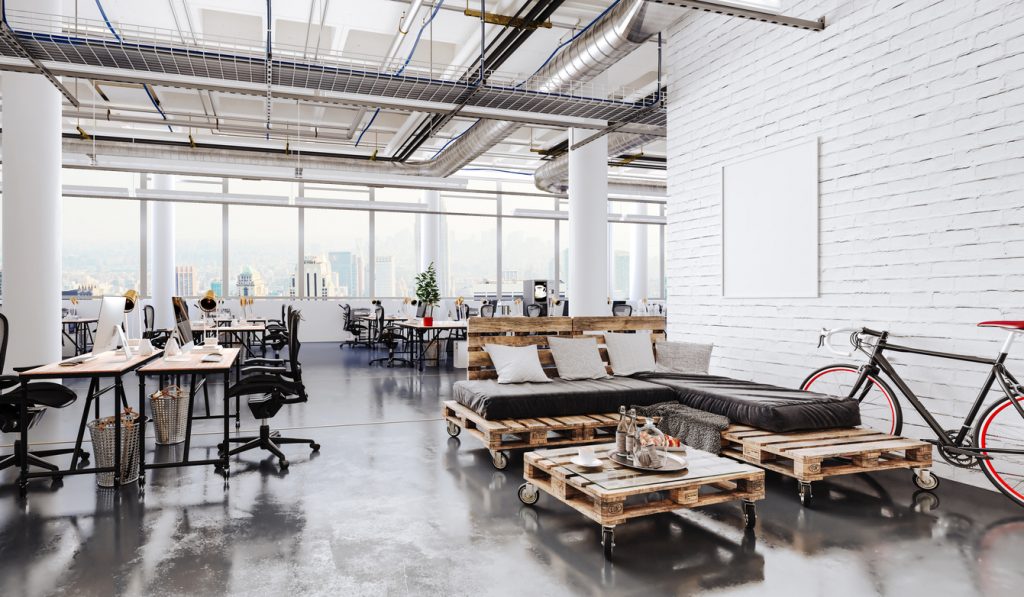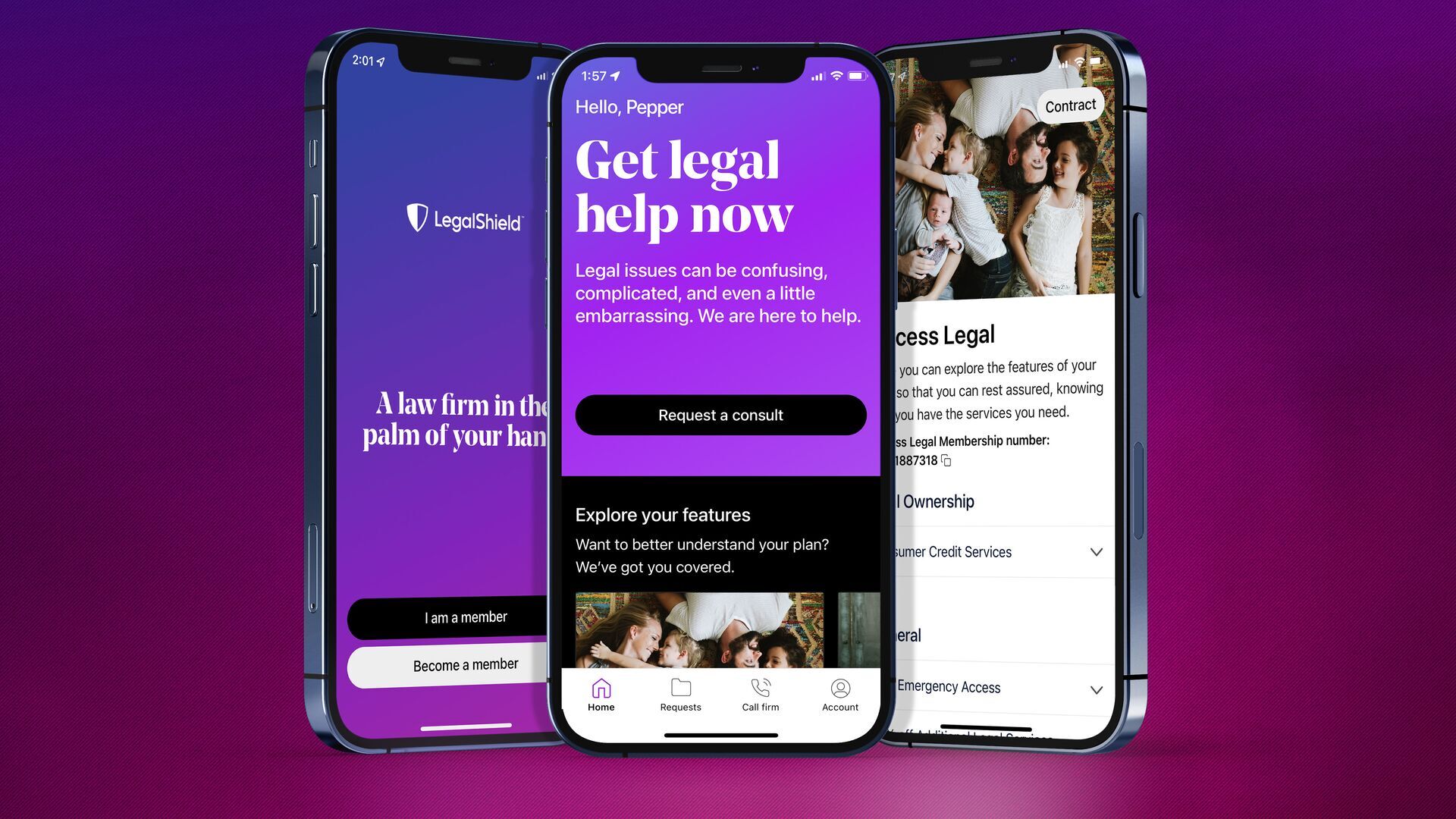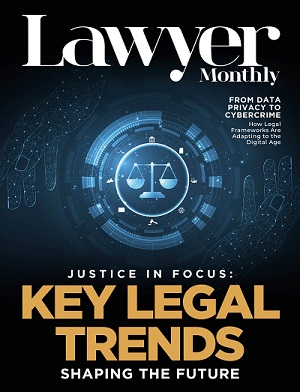Sandy Devine, Chief Commercial Officer at Factor, explores how firms have maintained continuity in a radically altered business environment.
Like a lot of companies, lockdown for my team and me meant a massive change in office locations. Overnight, we went from a handful of offices to 500, as we, along with our peers, decamped to our homes. For all of us this change has taken some getting used to, but particularly for professional service industries, like legal, where co-location – even with globally distributed teams – has been the norm, how we work. That is because as services companies, our offices are not just where we work, but a large component of the offering we bring to our clients. Physical spaces reinforce our business’s unique brands and allow us to develop cultures of excellence.
The last few months have furthered the perennial debate around the future of the office while, at the same time, shining a spotlight on what is necessary to make an office work. Not “just” the physical location, but the enabling model that underlies them. In the physical world, the elements that enable service companies to operate are natural to the point of invisibility. In the virtual world, this model requires more active attention to replicate. However, it is the only way you can deliver client outputs and outcomes at a pace and quality consistent with or exceeding pre-COVID-19 levels. How well your company has, and can continue to, rebuild this model will be the marker of whether you will be running back to the office as soon as it is safe to do so or considering long term changes to how and where you work.
While the enabling model around your business is everything that allows you to deliver your services, the last few months have taught us to focus in a few key areas, which ensured immediate business continuity and, long-term, allowed us to rethink our approach to offices:
- Process, Technology, Data, and Infrastructure
- Talent, Knowledge and Culture
- A Focus on Customer Experience
As services companies, our offices are not just where we work, but a large component of the offering we bring to our clients.
Process, Technology, Data, and Infrastructure
- Process: It sounds obvious, but in making changes to the way you work, it helps to know your work. While it may be easy to say, it is harder in practice when some processes are informal. Process mapping and design are your allies here. Whatever work you do, you should start by mapping out how you currently handle it. From there, you can design a process around it. Then optimise that process with continual inspection and adaptation. Process design means that teams are not just individuals performing their tasks separately, but a collection of carefully designed actions, workflows, and interactions.
- Technology: Well-designed processes enable intelligent deployment of technology to support these actions. For example, rather than the mess of emails, phone calls and instant messaging, our team uses tools for work intake and allocation. These tools allow us to not only structure intake and ensure the completeness of requests, but also triage requests based on urgency, team member skills and capacity. Such tools become a place where team members can share knowledge that can be reutilised and share visibility into what everyone is working on.
- This technology enables a data architecture that allows for standardised operating metrics, enables SLA frameworks, provides visibility to demand patterns, and supports predictive insights. All of which provide senior management with the tools to ensure effectiveness. Even more essential when managers can no longer walk across the aisle for real-time intervention. For me and my team, in moving to remote working, these tools provided a baseline for remote collaboration – by knowing how we currently handled work, how the members of the team interacted, and what "normal" looked like in performance indicators.
- Infrastructure and security: For services companies, the security of client information is a top priority in remote working. This requires a modern technology infrastructure. Today, a cloud-first technology infrastructure enables a hardened security infrastructure, which is far more secure than any individual services company can put in place itself. Similarly, taking a comprehensive approach to remotely protecting your team members’ technology with network firewalls, device management and policy setting is essential.
For services companies, the security of client information is a top priority in remote working.
Talent, Knowledge and Culture
Our offices are not just where we work, they are where we laugh, learn, and share our accomplishments. In switching from physical offices, a key concern is not just about maintaining high-quality client output but instilling a culture to match.
Talent – Like a lot of companies, in the immediate lockdown our approach to our talent model was about trying to maintain support and development for our existing team members. This expanded substantially when, as lockdown extended, we realised we would be hiring a significant number of new staff remotely. Then we turned our attention to how do we interview, hire, onboard and develop, without any contact. This required rethinking approaches to ensure you find and retain talent, who you probably still have not met in person. For example, during the onboarding process, making sure that new team members get a chance to meet a broad variety of people outside their direct team helps them get a much better understanding of the business.
Knowledge - In my team, we already had an active calendar when we were in working in our offices that we could build on. We expanded our continued learning programmes with sessions for our teams on various topics - from the latest market intelligence on regulations to innovation in legal technology. By switching these sessions online, we were able to expand their reach, by allowing all our offices to join talks from speakers that would previously have been held in-person in individual offices.
Culture - Culture also requires a focus on wellness. Lockdown has been a stressful time for us all, but we have continued to connect with happy hours and quizzes. We have relaxed together with fitness and yoga sessions. You can help team members and their managers by training them in a more wellness-conscious way and allow for additional time off to help team members maintain their work/life balance, as the physical boundary between the two has blurred.
In switching from physical offices, a key concern is not just about maintaining high-quality client output but instilling a culture to match.
A Focus on Customer Experience
The work you do in your offices does not happen in a vacuum. A large part of physical offices, more specifically the clustering of service companies and their clients in the same areas, is the experience that this gives customers. There are so many things that are easier from this perspective when you are face to face: meeting with groups of client stakeholders to discuss a new project, workshops on approaches to problems and even just general relationship building. There are two things to focus on here:
- Day-to-day client interaction – this is in effect an extension of process, technology, and infrastructure. How do you ensure that the process around how your clients engage with you on your services day-to-day is as seamless as possible? How do you make it easy for them to provide any input you may require from them? How do you provide them transparency into progress, with timely data and analytics?
- Client engagement – how do you go beyond your day to day interaction with your clients? For us, this meant testing new tools and methods of interaction, with space for feedback. For example, my team have frequently held in-person events for our clients to meet and share best practices. The switch to online required us to rethink these sessions.
What can we learn?
For us all, a lot and very little has changed in the last few months. Processes, culture, and infrastructure built for physical proximity helped us make the transition to remote working and became even more critical in managing that work. We believe that in the future the pendulum will swing back from a purely virtual model to a hybrid model.
We may be craving the togetherness and dedicated space for work that an office offers, but we do not want that to come at the loss of the flexibility that we have had to balance work and life. This model will mean greater flexibility to work-from-home, but with physical presence to renew human social interactions and teaming that only comes from in-person interactions.
[ymal]
With the right operating infrastructure in place across process, data, infrastructure, expertise, and culture, and with an ecosystem supporting delivery of a modern customer experience – this new hybrid model will thrive, evolve, and likely dominate. But without those things in place, we can expect a groundhog day of failed remote working models, where culture, connectivity and effectiveness will again be subject to a rapidly declining half-life.





















